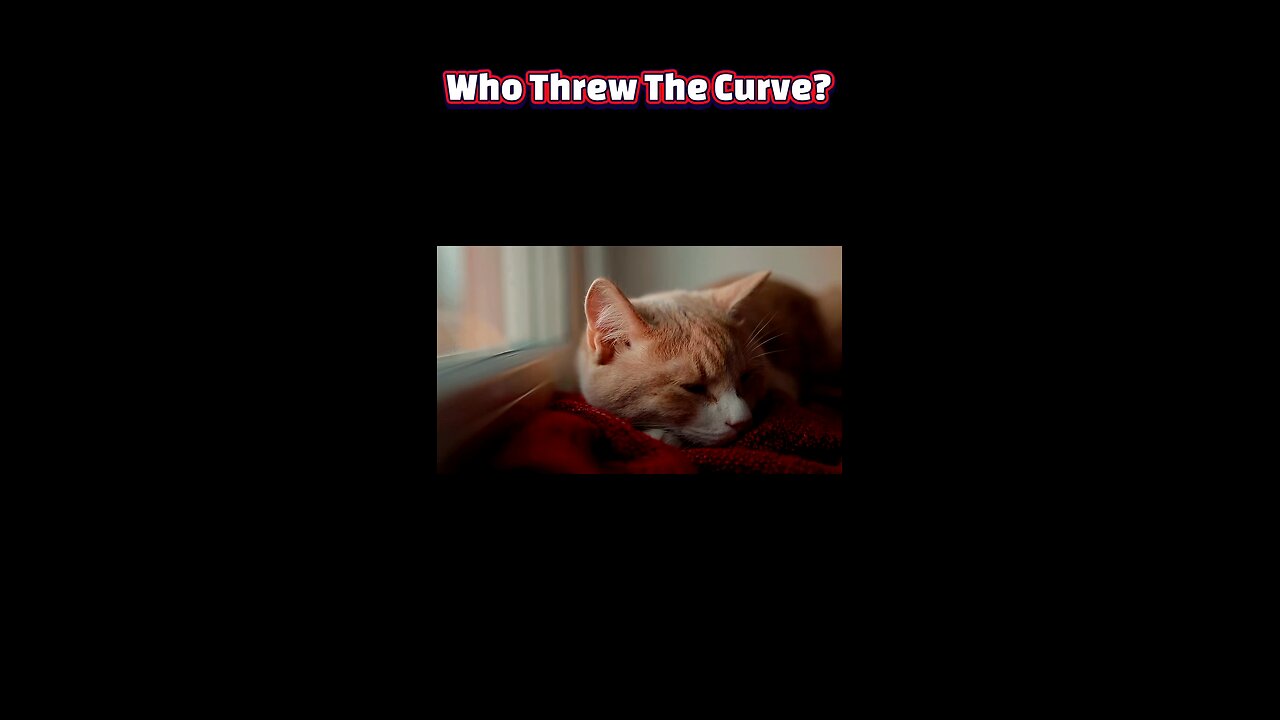Premium Only Content

Dreamlike Whiskers: Exploring the Secret World of Feline Slumber
#CatDreams #AnimalScience #PetCare #FelineScience #AnimalBehavior #SleepStudies #CatsOfTwitter #PetCare #DreamBig #new #newvideo #cat #cats
Ever watched your cat twitch and purr mid-nap and wondered if there’s a whole secret life playing out behind those closed lids? Let’s look into what science tells us about feline dreams.
Like us, cats cycle through light sleep, deep sleep, and REM (rapid eye movement). During REM, when our most vivid dreams happen, cats rack up about 25–30% of their snooze time in this stage.
EEG studies reveal that a cat’s brain waves during REM mirror the neural patterns of quiet wakefulness. In other words, their brains are busy “on,” playing out scenarios rather than shutting down.
Those adorable paw twitches, whisker quivers, and soft meows aren’t random spasms. They’re outward clues of dream content, likely hunting, pouncing, or chasing imaginary prey.
Researchers believe dreaming helps cats process daily experiences. Every pounce in your living room may get mentally replayed in their sleep to refine stalking skills.
Kittens clock even more REM than adults. Their young brains are hard at work learning motor coordination and social cues. Dream time is development time.
Big cats in the wild show similar patterns. Lions and tigers hit their REM cycles too, suggesting that dreaming is a universal feline trait, honed by millions of years of evolution.
Dreaming also supports memory consolidation. By replaying spatial navigation and hunting sequences, cats cement the mental maps they need to roam and survive.
Emotions get a workout in dreams as well. Stressful or novel experiences are likely reprocessed overnight, helping tame daytime anxiety and aggression.
From an evolutionary standpoint, feline dreams are a risk-free rehearsal space. Practicing emergency escape routes or hunting moves in sleep could mean the difference between feast and famine.
Next time you find your cat curled up, resist the urge to wake them. Startling a cat out of REM can spike their stress hormones, undoing all that emotional and motor skill fine-tuning.
So yes, your cat probably dreams, and those tiny whisker quivers tell a story of instinct, learning, and emotion. Let them enjoy their private cinema.
-
 LIVE
LIVE
The Jimmy Dore Show
26 minutes agoCandace Owens NOT BUYING TPUSA’s Mikey McCoy Defense! Israel WON’T STOP Breaking Gaza Ceasefire!
2,976 watching -
 1:03:00
1:03:00
TheCrucible
1 hour agoThe Extravaganza! EP: 62 with Guest Co-Host: Rob Noerr (10/29/25)
17.8K5 -
 LIVE
LIVE
Dr Disrespect
7 hours ago🔴LIVE - DR DISRESPECT - BATTLEFIELD 6 - REDSEC DUOS - WIN WIN WIN
1,388 watching -
 1:42:41
1:42:41
Redacted News
2 hours ago"Their goal is CIVIL WAR in the U.S." Americans Fighting Over SNAP Food Stamps | Redacted News
87.6K78 -
 1:00:21
1:00:21
Candace Show Podcast
1 hour agoWhy Isn't The Trump Family Asking Questions About Charlie Kirk? | Candace Ep 254
8.54K44 -
 LIVE
LIVE
Nikko Ortiz
44 minutes agoREALISTIC BATTLEFIELD SIMULATOR... |Rumble Live
116 watching -
 33:34
33:34
Stephen Gardner
1 hour ago🔥Democrats are PANICKING after losing this FIGHT!!
2.96K6 -
 LIVE
LIVE
StoneMountain64
5 hours agoBattlefield Battle Royale is BETTER than I expected
121 watching -
 LIVE
LIVE
Viss
8 hours ago🔴LIVE - Viss & Dr Disrespect Dominate Duos In Battlefield RedSec!
84 watching -
 LIVE
LIVE
Red Pill News
2 hours agoNGO’s Caught Funding CCP on Red Pill News Live
3,643 watching